- Čeština
- Español
- Italiano
- Deutsch
- Polski
- Français
- 日本語
- Home
- Advanced calibration
Advanced calibration
All articles

Extrusion multiplier calibration
This is an advanced calibration, recommended only to experienced users. The Extrusion Multiplier allows the fine-tuning of the extrusion flow rate - simply described as how much filament comes out of the nozzle. In ...
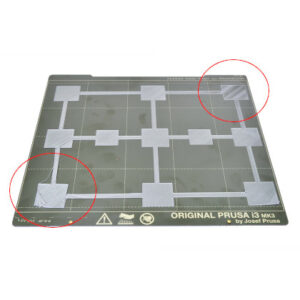
Bed Level Correction
Together with the Mesh Bed Leveling, the Bed Level Correction is an important feature designed to allow users to compensate for even the slightest imperfections in the first layer. It ...
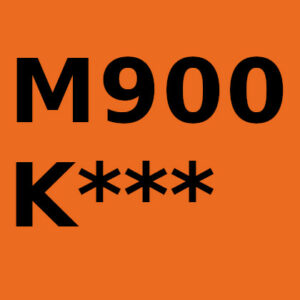
Linear Advance
This is an advanced calibration, recommended only to experienced users. Linear Advance (LA) is a technology that predicts the pressure build-up in the extruder when printing at higher speeds. The firmware of the ...
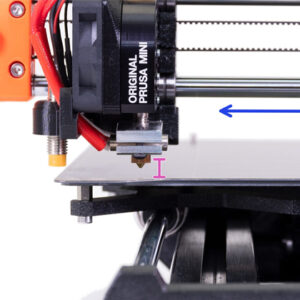
Squaring your MINI
During transport, assembly, or maintenance (like adjusting the belt tension) the printer can become slightly skewed, where one axis may not be perpendicular (90-degree angle) to another. The firmware compensates ...
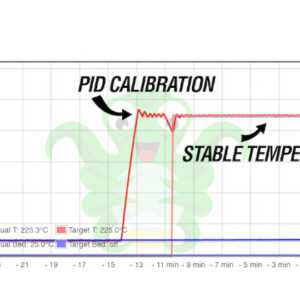
PID tuning
PID tuning is a calibration procedure that ensures the printer holds a stable target temperature at all times. PID (Proportional Integral Derivate) is used on the Original Prusa printers to ...
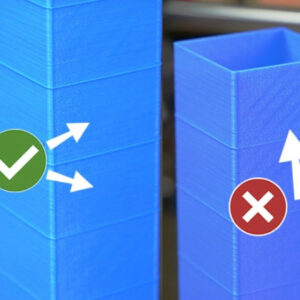
Extruder linearity correction calibration
This is an advanced calibration, recommended only to experienced users. This calibration only works on the firmware version 3.2.0 or newer and only works on the Original Prusa MK3 and MK3S, due to ...
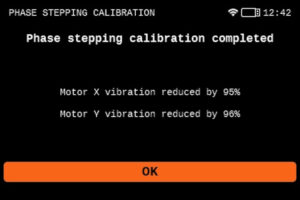
Phase Stepping (XL)
The Phase Stepping feature customizes the drive signal for each motor, customizing the drive signal for each motor. This addresses discrepancies like visible fine artifacts (VFAs) and noise caused by ...
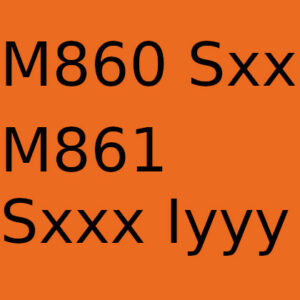
Manual temperature calibration
The following procedure is extracted from our Github. Manual temperature calibration procedure: Disable temperature calibration by the M861 Z gcode. This will store zero offsets to EEPROM for all PINDA sensor temperatures ...
Still have questions?
If you have a question about something that isn't covered here, check out our additional resources.
And if that doesn't do the trick, you can send an inquiry to [email protected] or through the button below.